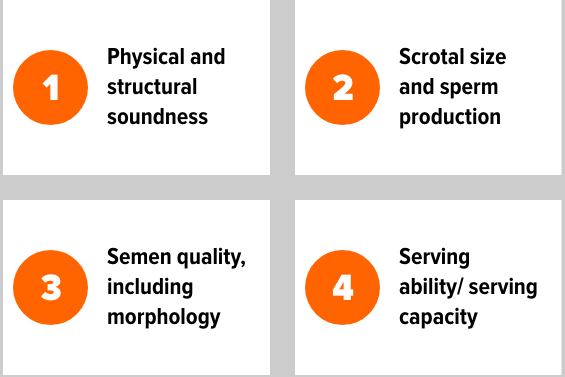1. Meat & Livestock Australia. Managing the breeder herd: practical steps to breeding livestock in northern Australia. May 2006.
2. Northern Beef Management Guidelines, 2014. Zoetis Data on File.
3. Bunter KL et al. Anim Prod Sci 2014;25-36, 4.
4. Meat & Livestock Australia 2015. Technical Synopsis: Cash Cow Findings. Insights into the productivity and performance of northern breeding herds. ISBN 9781740363020.
5. Johnston DJ. et al (2014) Genetic correlations of young bull reproductive traits and heifer puberty traits with female reproductive performance in two tropical beef genotypes in northern Australia. Animal Production Science; 54: 74-84












 A Better Way To Buy
A Better Way To Buy